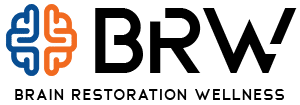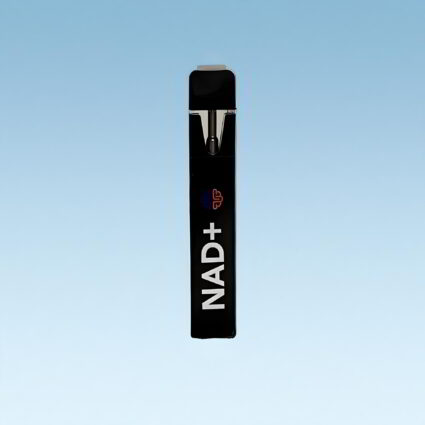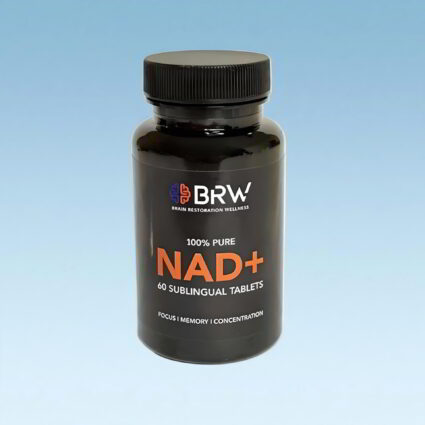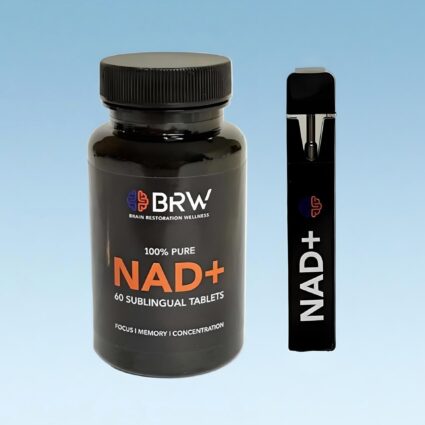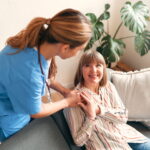Evaluating the success of a drug rehabilitation program is vital for individuals seeking help for substance use disorders. Knowing the effectiveness of a program can guide decisions and set expectations for recovery. This discussion explores the various aspects that help determine a program’s success. These include success rates, patient feedback, aftercare quality, and more.
Defining Success in Rehabilitation
Understanding what constitutes success in a drug rehab setting is the first step towards evaluating a program. Success might mean maintaining sobriety for one person, while for another, it could involve improving personal relationships or returning to work.
- Assess if the program has clear and measurable goals.
- Look for programs that align their goals with the patient’s recovery expectations.
- Consider both short-term and long-term success indicators.
Key Performance Indicators
Key performance indicators (KPIs) provide quantifiable measures to gauge the effectiveness of a drug rehabilitation program. Reliable KPIs might include relapse rates, employment after treatment, or improved psychological well-being.
- Rate of patient sobriety post-treatment.
- Employment statistics of former patients.
- Measures of improved mental health post-treatment.
Accreditation and Licensing
Programs that have received accreditation and licensing from respected bodies generally meet higher standards of care. These credentials indicate that a facility adheres to stringent health and safety regulations, which often correlate with higher success rates.
- Check for accreditation from organizations like CARF or the Joint Commission.
- Verify the facility’s state licensing.
- Explore additional credentials that indicate specialized service offerings.

Success Rate Statistics
When programs publish their success rates, these figures can give potential clients an idea of effectiveness. However, understanding the context of these statistics is crucial—what time frame do they cover, and what criteria are used?
- Look for clearly defined success metrics.
- Understand the criteria used to measure these rates.
- Compare short-term versus long-term success statistics.
Patient Testimonials and Reviews
Hearing from individuals who have gone through the program provides insights into its effectiveness. Testimonials can offer a glimpse into the real-world impact of the facility’s approach.
- Seek out reviews on independent websites.
- Read multiple testimonials to get a balanced view.
- Focus on reviews that discuss both strengths and challenges of the program.
Post-Treatment Support and Resources
Effective aftercare is crucial for sustained recovery. Programs that provide comprehensive post-treatment support tend to have higher success rates because they help prevent relapse.
- Inquire about the availability of follow-up services.
- Check if the program offers support groups or counseling.
- Consider the accessibility of medical support post-treatment.

Family Involvement and Satisfaction
Family involvement in a recovery program can enhance its effectiveness. Programs that encourage and facilitate family participation often report higher levels of patient satisfaction and success.
- Look for programs that offer family therapy sessions.
- Evaluate the extent of family involvement in the treatment process.
- Review feedback from family members on the program’s impact.
Clinical Approaches and Therapy Options
The variety and appropriateness of clinical approaches and therapies provided can significantly affect a program’s success. Effective treatment plans often include a combination of individual counseling, group sessions, and other therapeutic modalities.
- Assess the diversity of treatment options available.
- Check if the program incorporates evidence-based practices.
- Explore how the facility tailors therapies to individual needs.
Staff Qualifications and Turnover
The qualifications and stability of staff are essential for delivering effective treatment. High turnover can disrupt patient care and may indicate underlying issues within the program.
- Verify the qualifications and certifications of staff members.
- Consider the turnover rate and what it might say about the program’s environment.
- Explore staff satisfaction as it often reflects on the quality of patient care.
Outcome Studies and Research
Programs that participate in outcome studies or engage in research are often at the forefront of addiction treatment. These activities suggest a commitment to improving effectiveness and adopting new methods based on scientific findings.
- Look for programs involved in ongoing research.
- Check for published studies or clinical trials.
- Evaluate how research findings are integrated into treatment plans.

Essential Takeaways from Evaluating Drug Rehab Programs
The effectiveness of a drug rehabilitation program can significantly influence recovery outcomes. Programs that offer personalized care, maintain high standards, and support patients post-recovery tend to be more successful. Evaluating these programs requires looking at a combination of factual data and personal experiences to make an informed decision.
Frequently Asked Questions
- What is the best indicator of a rehab program’s success?
- Long-term sobriety rates are often considered the best indicator, along with improvements in personal and professional life.
- How often should a rehab program update its treatment methods?
- Regular updates based on the latest research and clinical guidelines ensure the program remains effective.
- Can a program’s location affect its success?
- While location might influence accessibility, the quality of care and program specifics are more critical factors.
- What role does patient motivation play in treatment success?
- High patient motivation can significantly enhance the effectiveness of the treatment, although the best programs strive to engage and motivate all participants.
- How can I verify the credentials of a rehab program?
- Check the program’s website for accreditation details, and verify them on the accrediting body’s official site.
